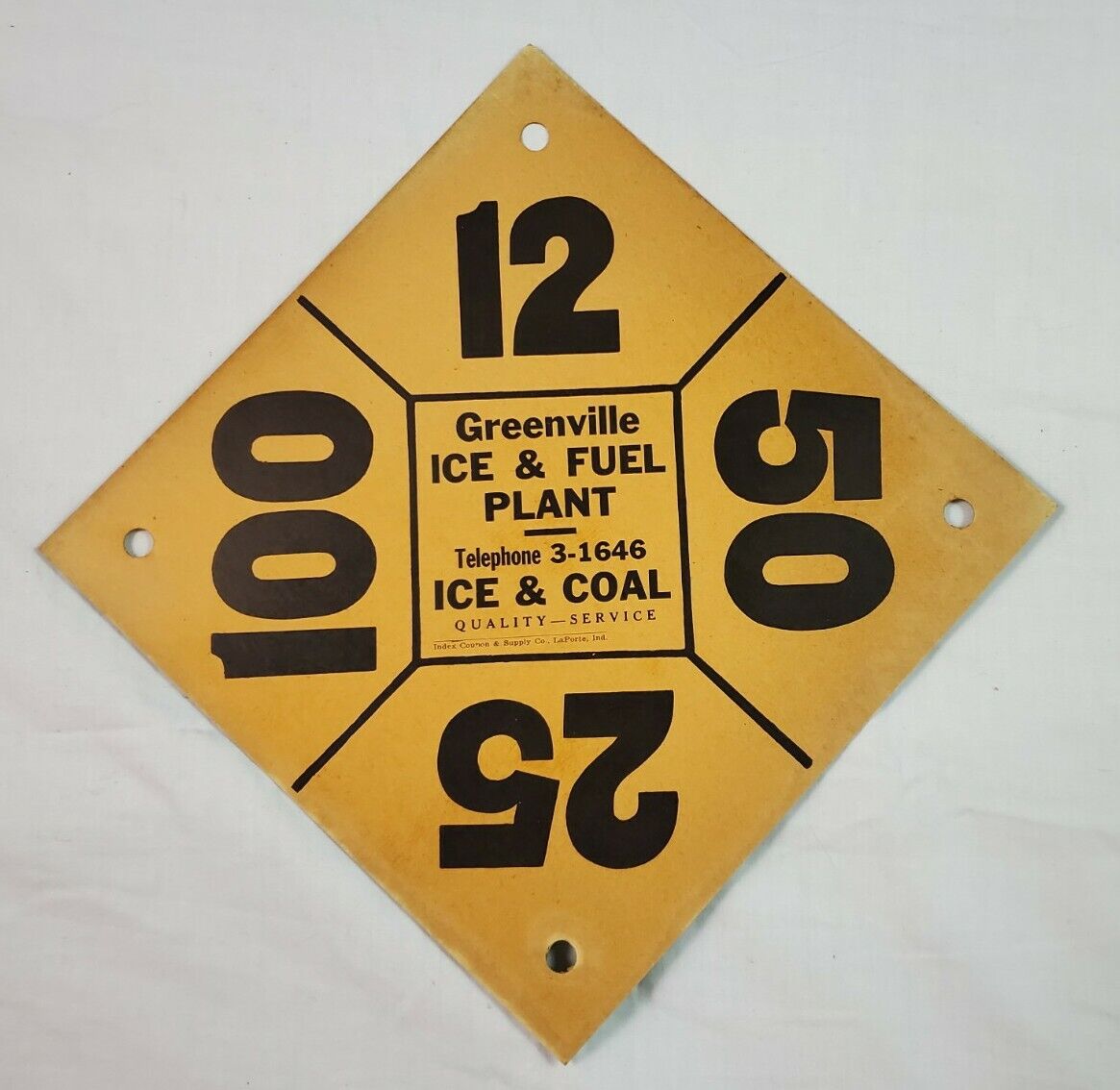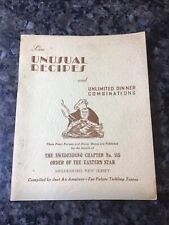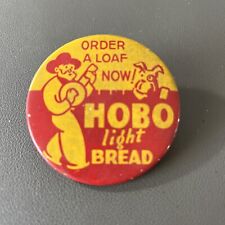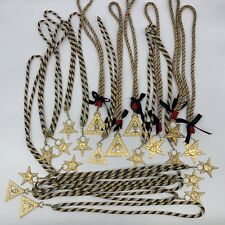When you click on links to various merchants on this site and make a purchase, this can result in this site earning a commission. Affiliate programs and affiliations include, but are not limited to, the eBay Partner Network.
1930\'s Order Tag Greenville Ice Fuel Plant South Carolina SC History JB MarshallSize: 9\" x 9\"
Excellent condition. Rare in Commerce
This is an original authentic order hang tag. See history below for more details pertaining to this item.
John Barratt Marshall built the house he named “Tyrone Terrace” in 1918. It was his reward to himself for a successful career as Greenville’s mayor and its ice king.
Born at Whitehall Plantation in Abbeville County in 1853, Marshall was the son and grandson of physicians. His father, Dr. Samuel Marshall, moved to Greenville before the Civil War, most of which he spent as a Confederate surgeon in Florida.After the war, when the Greenville Female College was deeply in debt, Dr. Marshall purchased nearly six acres of land behind the college. There he built his home (about where the Upstate History Museum stands today) and established his vineyard.
John Marshall attended King’s Mountain Military Academy, Furman, and graduated from the Law Department of the University of Virginia in 1874. He moved to Madison, in northern Florida, where he practiced law for several years and married a local girl. But Madison (and maybe the law) didn’t take. By 1885, at any rate, he was back in Greenville and deep into ice.
With a brother, George, attorney George Westmoreland, and another friend, he purchased the infant Greenville Ice Co. at Cox and River streets. The sale was complicated. It had an assignee who was selling the newly formed company for a Charleston owner, the rather remarkable appearance of Charles Judson, the dean and former treasurer of Furman, as president of the company, and a $7,600 mortgage in addition to the $600 cost. The sale included, in addition to a small wooden building and two sheds, the boiler, tools, “appliances” (perhaps for the ammonia necessary for making ice) and a well.
Ice had been a desirable commodity, especially in the all-too-sunny South, for generations. It had once been shipped South on clipper ships from Maine and other parts of the frozen North. But by the 1850s, Greenville was receiving a large enough supply — perhaps by wagon from the mountains of North Carolina or shipped by train from Charleston — for an “ice-cream eating saloon” to flourish on Main Street.
Although there was lots of melting, huge chunks of ice packed in sawdust could last for months if they were kept in a cold place.
After about 1870, however, it had been possible to manufacture ice, although “natural ice” continued to be used until well after the turn of the century. By 1883, a brewing company on Main Street at Court Square was advertising that it had ice — for, one assumes, cold beer — but it is unclear if that ice was natural or manufactured.
At any rate, John Marshall got in the ice business at the right time. Greenville was expanding and modernizing, and he expanded and modernized along with it.
The ice factory, which only employed two men initially, was located on Cox Street, just across from the north bank of the Reedy River, immediately adjacent to a foundry. Cox Street is now Reedy View. The factory stood on what’s now vacant land. Within five years, Marshall had bought out his partners and began to expand. He purchased adjacent land and along the right-of-way of the Southern Railway
By 1898, the “ice mill” was producing 10 tons of ice a day. Four years later, production had increased to 25 tons. In 1908, it was 40 tons, and a second mill just off the intersection of Laurens Road and East Washington Street near McGee Manufacturing had been established.
He sold the operation in 1909 for $60,000 (about $1.5 million today) to Carolina Public Service Co. of Columbia, but remained as local president.
By 1913, it had added coal and a coal yard immediately adjacent to the tracks of the Southern Railway, as well as an engineer’s office.
Greenville Ice & Fuel Company, was a wholesale operation. Ice men with their horse-drawn wagons would line up by 5 a.m. to buy as much as their wagons could hold. Draping rubber pads over their shoulders, they lifted the huge blocks to their backs with immense tongs and then loaded them on their wagons. Then they moved their wagons to the scales, where loads was weighed.
Everyone had a daily route. Each house had an “ice tag” propped in a front window or hanging from a porch showing how many pounds --12, 25, 50, or 100 -- would be needed. The ice man chopped the required amount from the blocks he was transporting, then deposited it in cork (or later zinc-lined) ice boxes on the back porch. Nobody worried much about melting; that was assumed. But even in later years, the 1930s and early 1940s, 100 pounds cost only 33 cents.
Although all these expansions took cash and oversight, the ice king still had time and money to spare. Marshall (he was referred to in the community as “Cap’n John,”) chose to devote his spare hours to baseball and civic improvement.
He was an ardent supporter of all Greenville teams, an alderman for 12 years, and mayor of the town in 1909-1911 and 1913-1915. His major accomplishments were “getting the town out of the mud,” since he pushed, urged, and found the money for street paving and building the bridge over the Reedy River at Main Street that we still cross today.
When he wanted to move way out in the country when he retired in 1918, his wife and family agreed, if not enthusiastically. The story — it may be apocryphal — is that a daughter, deeply unhappy about moving away from town, was mollified with a car of her own and became the first student to drive to Greenville High School.
After he died in 1925, though, his widow moved back to the city.He had, according to Frank Barnes in The Greenville Story, “the Greenville spirit,” always willing to go on a booster trip to sell Greenville to the world. With his luxuriant, curving, white “Humboldt mustache,” John Marshall was the picture of Southern gentility, but he had more than a touch of northern entrepreneurship.







